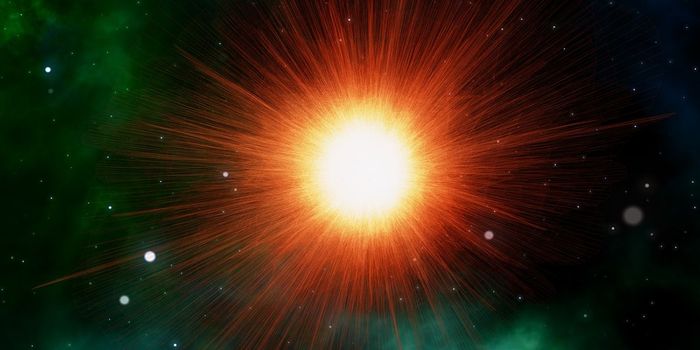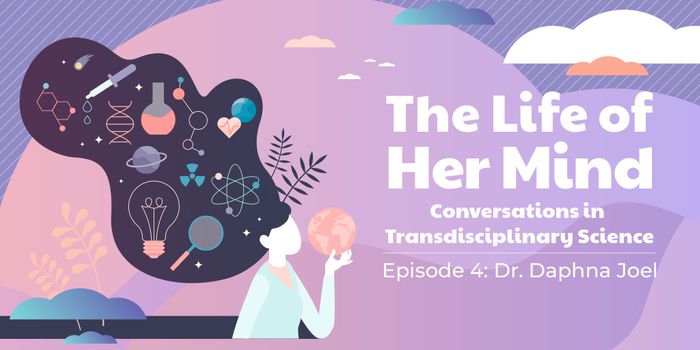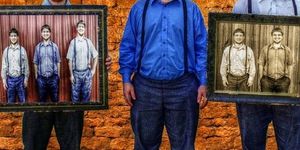A recent assessment of the ancient remains of an infant found at an Alaskan archaeological site has revealed the existence of a new population of people that existed long ago in North America. This work may revise scientists' theories about how the continent was populated. The group has been dubbed the "ancient Beringians" by the researchers.
"We didn't know this population existed," said Ben Potter, a lead investigator of the study and anthropology professor at the University of Alaska Fairbanks. "These data also provide the first direct evidence of the initial founding Native American population, which sheds new light on how these early populations were migrating and settling throughout North America."
One founding population of Native Americans split from East Asians around 35,000 years ago. That population split again about 20,000 years ago, into the Ancient Beringians and the ancestors from which all other Native Americans descended.
"It would be difficult to overstate the importance of this newly revealed people to our understanding of how ancient populations came to inhabit the Americas," Potter noted. "This new information will allow us a more accurate picture of Native American prehistory. It is markedly more complex than we thought...These findings create opportunities for Alaska Native people to gain new knowledge about their own connections to both the northern Native American and Ancient Beringian people."








